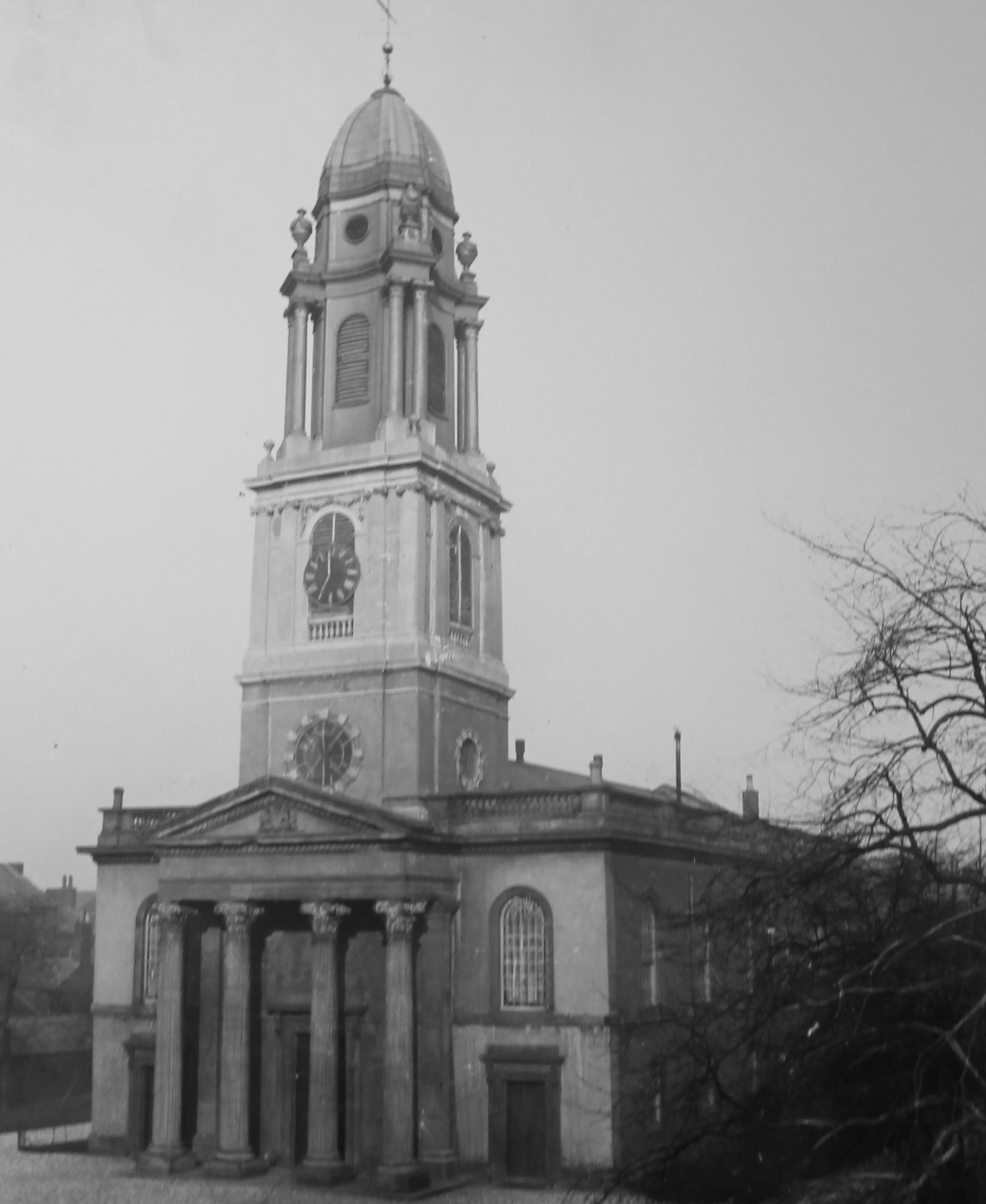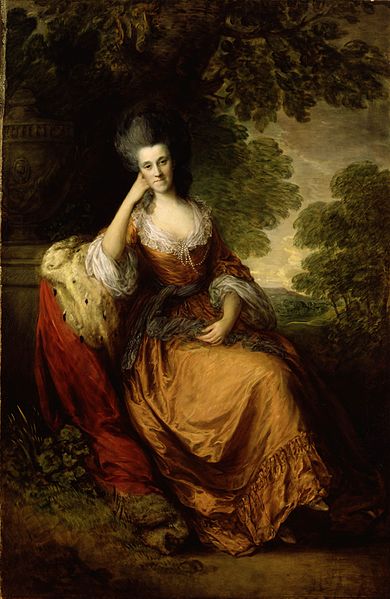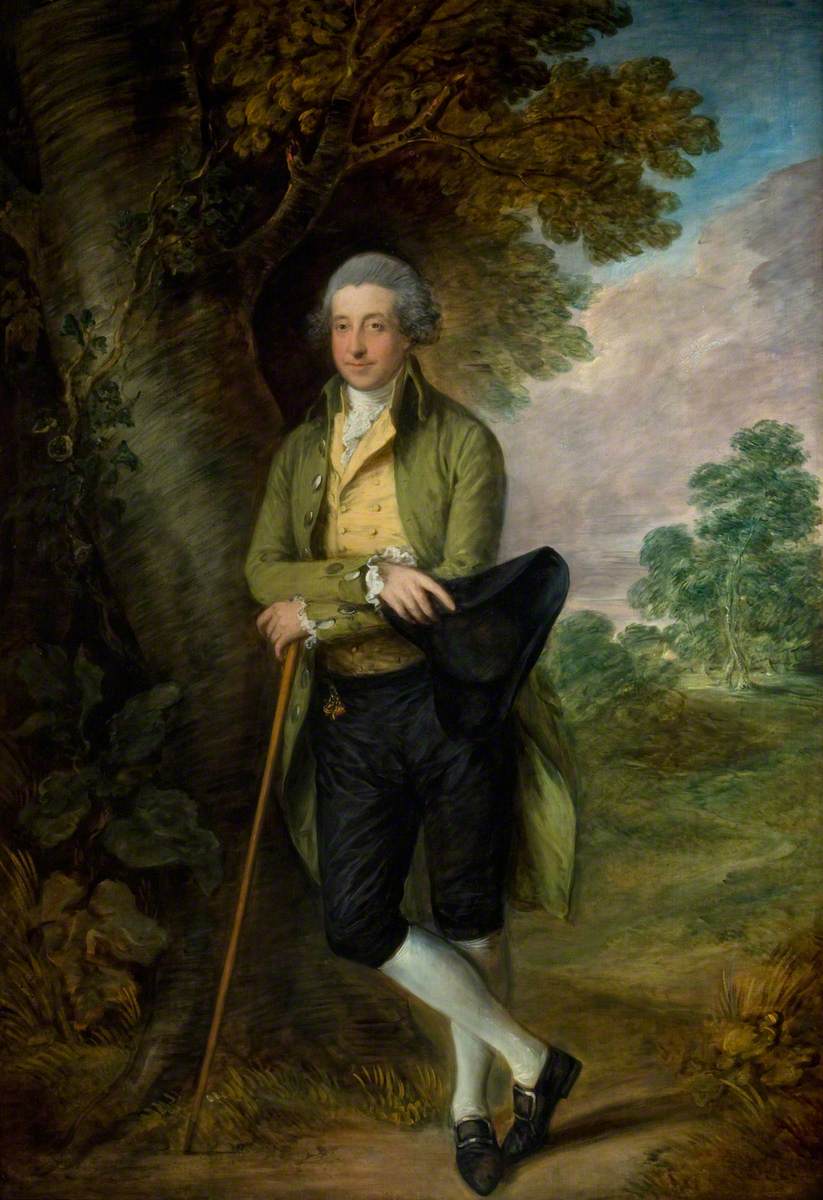Absentee Landlord Who Built St Anne’s Church
Absentee Landlord Who Built St Anne’s Church
On Sunday 27th October, 1776 ‘The elegant new Church erected by the Earl of Donegall was consecrated by the Bishop of Down and Connor.’ Who was this nobleman?
Arthur Chichester, fifth Earl of Donegall, born in 1739, succeeded to the estates and titles of his ‘widowed, childless, witless uncle’, in 1757, aged 18, he was about to go up to Oxford, from which he graduated with an M.A. in 1759.
Dr Maguire says ‘the fact that he troubled to take a degree at all, as many noble students did not, indicates at least his respect for learning.’ The estates comprised land in Antrim, including Belfast, Donegal and Wexford, a quarter of a million acres, making him the greatest Irish landowner of his day.
‘He was also the greatest absentee, at a time when absentees were becoming increasingly unpopular and were being blamed for many of the country’s economic difficulties…’ (Maguire)
After a fire (1708) destroyed the castle in Belfast the Chichester family moved to England and when Arthur came of age he chose to live not in Ireland but on an estate in Staffordshire, Fisherwick Park - house and demesne designed by Lancelot ‘Capability’ Brown.
A contemporary writer accused him of ‘draining a manufacturing country of £36,000 a year and having raised fines’, paid by tenants to get leases, ‘sufficient to impoverish a province, and transported them out of the kingdom to build palaces in another land, where he is unknown and disregarded.’ The Hearts of Steel disturbances of 1770-1771, have been blamed on Lord Donegall’s leasing policy.
F.J. Bigger, in an intemperate outburst, declared the Earl to have been ‘greedy, grasping, overbearing, belonging to a tyrannical race’.
Some of Belfast citizens would have disagreed with Bigger. In June 1783 he attended a grand event in the Assembly Rooms, it was reported that – ‘His lordship is exceedingly pleased with the Town and his Navigation, and we are pleased with him; he certainly is a courteous and well-disposed Nobleman.’
What did the absentee fifth Earl do for Belfast? Concerned that the town was in need of revival after years of neglect under his predecessor, he granted new leases which required those who took them to build to higher standards and to keep the streets clean.
Developments in Donegall, Talbot, Academy, Church and Barrack Streets and Millfield enabled a visitor in 1775 to report ‘the town is regularly built and the streets are broad and straight.’ Donegall Place would be a further improvement.
Public buildings with which he was involved were the Belfast Charitable Society’s Poor House, Clifton Street (site granted 1768, opened 1774. He was a founder member of the Society.); the Assembly Rooms, Waring Street (lower storey 1769, in celebration of the birth, after four daughters, of a son; upper storey, 1776, architect Sir Robert Taylor, praised by Arthur Young as ‘a very elegant room’); site for a White Linen Hall 1785; completion of the Lagan Navigation to Lough Neagh 1794.
And, of course, the Church which he built and named in honour of his first wife, Anne, daughter of the Duke of Hamilton, whom he married in 1761. The architect was Francis Hirone of Warwick, the work overseen by Belfast builder Roger Mulholland. Cost £10,000.

The Old Church of St Anne, 1776
Construction began on the 9th May 1774 and was completed two and a half years later. Unfortunately, Lord Donegall’s wish to install bells was unfulfilled because the tower-cupola, the major feature of the west front, proved unable to support their weight. The Chichester pew was in a western gallery beneath the Snetzler organ presented by Lord Donegall in 1781.
In 1886 the organ was brought down into the redundant Chichester pew; a further move put it at the east end of the north aisle of the new St Anne’s. Not powerful enough for the larger building, it was sold off to CIYMS for use in the Clarence Place Hall. A window in the eastern apse displayed the Chichester coat of arms until replaced by the Good Samaritan window in 1887. The only remaining links with this Lord Donegall are the Sovereign’s Chair and Desk, presented in1787, and now on display in the south aisle.
The fifth Earl/first Marquis died on January 5th 1799; News-Letter: ‘on every part of his extensive landed property it is acknowledged that his Lordship was the kindest and most indulgent Landlord. Though an absentee from this country he evinced his attachment to it by a most liberal expenditure of large sums for the advantage of the community…’


Arthur Chichester, 1st Marquess of Donegall, by Thomas Gainsborough, 1780 (Ulster Museum) Photo © National Museums Northern Ireland
Lady Anne Hamilton, by Thomas Gainsborough, c.1778 (Detroit Institute of Arts, Michigan)
Author: Norman Weatherall
The article first appeared in the February/March Digest.
